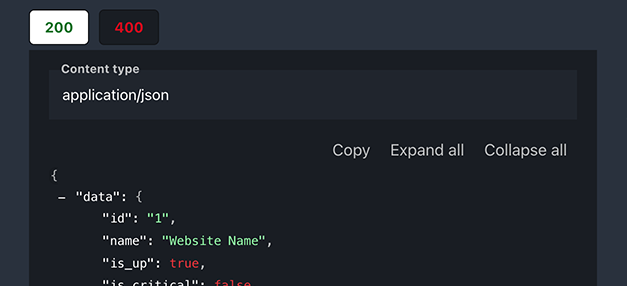Frequently Asked Questions
What is Website Uptime Monitoring?
Website Uptime Monitoring is a tool that protects your website by continuously checking its availability. It sends instant alerts when issues occur, ensuring that no downtime goes unnoticed. Our service monitors from 171 locations worldwide.
How do I get started with Uptimia?
Getting started is easy: 1) Sign up with your name, email, and password. 2) Enter your site URL to start monitoring. 3) Uptimia will notify you via email, SMS, Slack, or other integrations if any problems arise.
What types of monitoring does Uptimia offer?
Uptimia offers monitoring for HTTP, HTTPS, DNS, UDP, TCP, email, and more. It can alert you to various issues including HTTP errors, timeouts, SSL certificate problems, and other types of errors.
How often does Uptimia check my website?
Uptimia can check your website as frequently as every 30 seconds, depending on your chosen plan.
How does Uptimia ensure reliability in its monitoring?
Uptimia conducts triple checks from different geographic locations when a problem is suspected. You only receive an alert if all three secondary checks confirm the issue. Additionally, Uptimia operates across two datacenters to eliminate single points of failure.
What kind of reports does Uptimia provide?
Uptimia offers daily, weekly, or monthly reports on the status of your monitored websites. These reports can be customized with your company's colors and logo.
Does Uptimia have a status page?
Yes, Uptimia has a public status page.
What information is provided for root-cause analysis?
For root-cause analysis, Uptimia provides detailed information including an error screenshot, error type, response time, response body, response headers, traceroute, and more.
Can Uptimia monitor specific keywords on my website?
Yes, Uptimia offers keyword monitoring. You can receive notifications if a specific keyword is present or missing on your website.
Does Uptimia offer port monitoring?
Yes, Uptimia can monitor if your service responds to a specific port.
Does Uptimia offer ping monitoring?
Yes, Uptimia can ping specific services and alert you if there is no response.
Is there an API available for integration with Uptimia?
Yes, Uptimia provides an API that allows you to effortlessly integrate it with your own system.




















